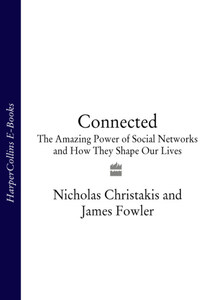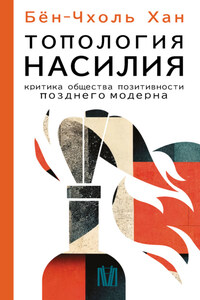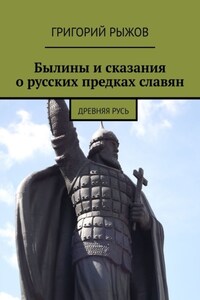For Erika, Sebastian, Lysander, and Eleni
and
for Harla, Lucas, and Jay
to whom our connection is aeonian
Social networks are intricate things of beauty. They are so elaborate and so complex—and so ubiquitous, in fact—that one has to wonder what purpose they serve. Why are we embedded in them? How do they form? How do they work? How do they affect us?
I (Nicholas) have been animated by these questions for the better part of the past ten years. I began by being interested in the simplest social network of all: a pair of people, a dyad. Initially, the dyads I studied were husbands and wives. As a physician caring for terminally ill patients and their families, I noticed the serious toll that a loved one’s death had on a spouse. And I became interested in how illness in one person might cause illness in another. For it seemed to me that if people are interconnected, their health must also be interconnected. If a wife falls ill or dies, her husband’s risk of death assuredly rises. Eventually, I began to realize that there were all kinds of dyads I might study, such as pairs of siblings or pairs of friends or pairs of neighbors who are connected (not separated) by a backyard fence.
But the intellectual heart of the matter was not in these simple arrangements. Instead, the key realization was that these dyads agglomerate to form huge webs of ties stretching far into the distance. A man’s wife has a best friend who has a husband who has a coworker who has a sibling who has a friend, and so on and so forth. These chains branch like lightning bolts, forming intricate patterns throughout human society. The situation, it seemed, was much more complicated. With every step away from an individual in a social network that we take, the number of ties to other humans, and the complexity of the branching, rise very, very fast. As I reflected on this problem, I began to read the work of other social scientists, from lonely German scholars at the turn of the twentieth century to visionary sociologists in the 1970s, who had studied social networks ranging in size from three to thirty people. But my interest lay in social networks of three thousand or thirty thousand or even three million people.
I realized that to study things of such complexity, I would make better progress if I worked with another investigator. As it turned out, James Fowler, also at Harvard, was studying networks from a completely different perspective. James and I did not know each other despite working in adjoining buildings on the same campus for several years. In 2002 we were introduced by a mutual colleague, political scientist Gary King. In other words, we started our journey as friends of a friend. Gary thought we might have common intellectual interests, and he was right. Indeed, the very fact that we met because of our social network illustrates a major point we want to make about how and why social networks operate and how they benefit us.
James had spent a number of years studying the origin of people’s political beliefs and examining how one person’s attempt to solve a social or political problem influenced others. How did humans come together to accomplish what they could not do on their own? And he shared interests in other topics that were a key part of the story: altruism and goodness, both of which are essential for social networks to grow and endure.
Together, as we began to think about the idea that people are connected in vast social networks, we realized that social influence does not end with the people we know. If we affect our friends, and they affect their friends, then our actions can potentially affect people we have never met. We began by studying various health effects. We discovered that if your friend’s friend’s friend gained weight, you gained weight. We discovered that if your friend’s friend’s friend stopped smoking, you stopped smoking. And we discovered that if your friend’s friend’s friend became happy, you became happy.
Eventually, we realized that there were fundamental rules that governed both the formation and the operation of social networks. We concluded that if we were going to study how networks function, we also had to understand how they are assembled. One cannot, for example, be friends with absolutely anybody. People are constrained by geography, socioeconomic status, technology, and even genes to have certain kinds of social relationships and to have a certain number of them. The key to understanding people is understanding the ties between them; therefore, it was to the ties that we turned our focus.








